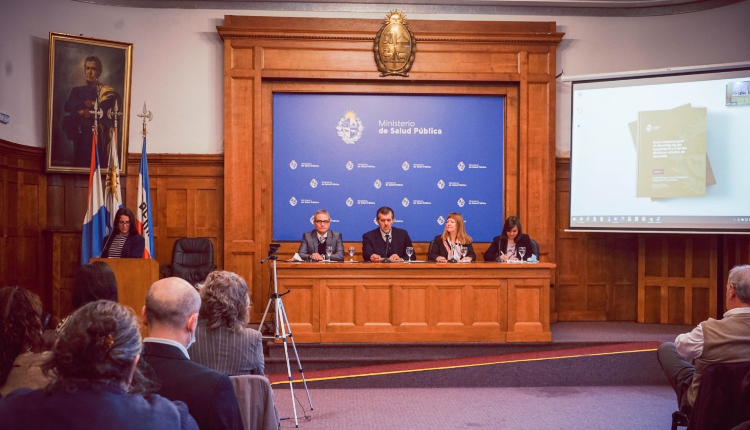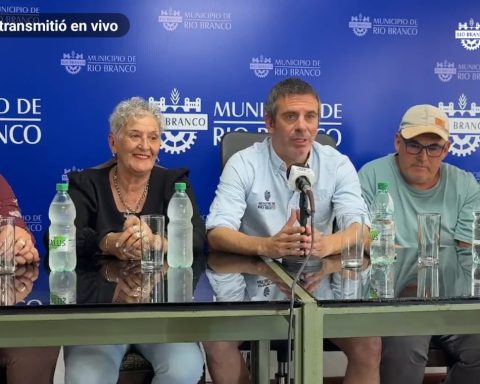The General Director of Health, Miguel Asqueta, announced that within the framework of a new commemoration of World Hepatitis Day, efforts are being made to include testing for hepatitis C in the health card, a measure that will contribute to its detection, control and treatment.
Uruguay is facing the challenge of meeting the goal of reducing by 2030 the incidence of hepatitis by 90% and the mortality it causes by 65%, in line with the global plan to eradicate viral hepatitis designed by the World Organization of Health (WHO), revealed Asqueta.
Only in 30% of cases those infected with the virus clear it spontaneously after six months, without requiring other treatments. In the other 70% the disease becomes chronic and, in a large part of that percentage, it leads to cirrhosis, liver cancer or a transplant. In this sense, the general director of the National Resources Fund (FNR), Ana María Porcelli, specified that the hepatitis C virus and alcohol are the main causes of chronic liver disease in the Western world.
The hierarch reviewed that the institution incorporated in 2005 the financing of high-cost medications for the most advanced cases of fibrosis. In 2017, it added direct antivirals for a specific group of patients with fibrosis grade greater than four. Over the years, the FNR has universalized its coverage. In 2020, some studies that were requested to access the treatment subsidy were eliminated and in 2022 the scope was extended to all degrees of fibrosis.
figures
According to the Pan American Health Organization (PAHO), each year there are 10,000 new infections from the hepatitis B virus and 23,000 deaths. WHO estimates indicate that throughout the region there are 67,000 cases of hepatitis C and 84,000 deaths each year. In only 18% of people with hepatitis B infection is diagnosed; Of these, only 3% receive treatment. As for chronic hepatitis C, 22% of cases are determined, and only 18% are treated.
















